Web users are a very diverse group of people. The internet spans the globe and allows people across ages and nations to communicate and interact. Each user brings unique perspectives, histories and opinions to the worldwide forum. There are, however, some differences between the users. These differences are not limited to just location or language differences. Some web users have lives that are complicated with lifelong disabilities. These extra challenges do not stop them from getting the benefits of being connected to the digital world.
Accessibility is necessary and can be added to web functionality by means of tools, additional software or even special training. Having a disability might be an obstacle, but there are still plenty of ways to navigate the web.
Disabilities on the Web
Cognitive Issues
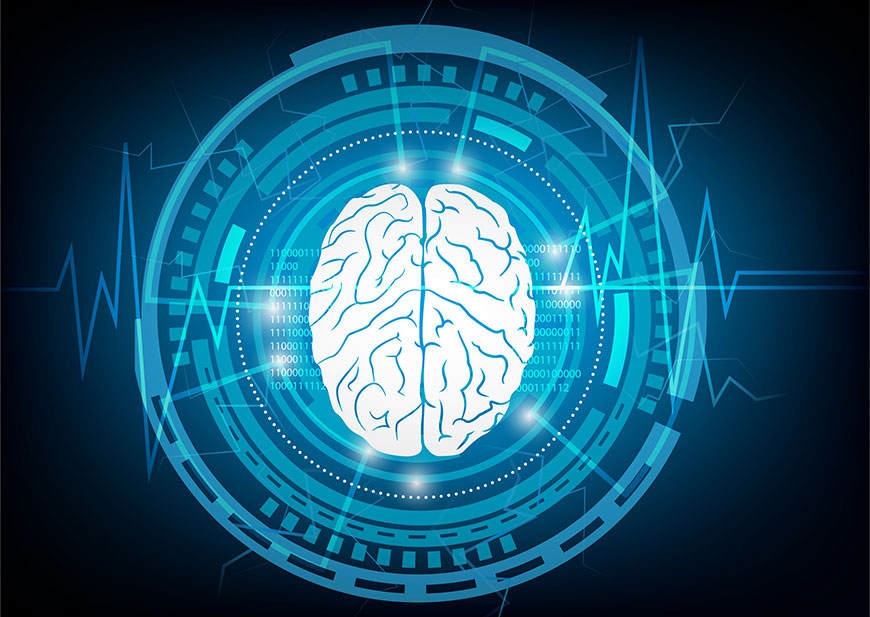
A cognitive disorder is any condition that affects how the brain functions and processes information. This can be a learning disorder like dyslexia where letters or numbers are switched, difficulty retaining memories or short attention span. Lack of concentration while using the web can make it extremely hard to focus on completing tasks. One way this can be dealt with is to avoid pages with long blocks of texts. The information—from a designer’s standpoint—should be broken up with numbers or bullets. List form articles have become extremely popular as they allow for content sharing with the risk of being bored or distracted. Captioned pictures that relate to the text are also a great way to maintain interest while staying focused.
The delivery of information is also something to consider when addressing cognitive issues. Rather than use third-party downloads, keeping the content contained in one single form will help these users concentrate. For example, having the content introduced on a webpage but needing the full file to be downloaded in a PDF can lead to straying thoughts. Consistency is also necessary—jumping from one topic to another can be frustrating and make it difficult for a user to continue to read or browse.
Voice Difficulties

One of the new popular technological trends is to speak into your device. Users can give the devices commands or make inquiries. For some, this has saved them extra time from having to type out their requests or worry about spelling. Those living with conditions like AOS (apraxia of speech, where sounds become difficult to understand or words become inconsistent), tachyphemia or cluttering (speaking with increased speed, incorrect intonation and unstable rhythm) and speech sound disorder (the inability to produce viable sounds and the substitution of those sounds with others) are just a few of the speech-related problems that some users must tackle before enjoying the web.
While some are enjoying this new feature, other users might be missing out. Automated hotlines and outsourced call centers rely heavily on speech. Those users having speech disabilities will need alternative methods. There are a variety of speech conditions that need to be addressed when trying to maneuvering the web. Stuttering is a commonly recognized condition that is characterized by the repetition of a single syllable, words or even phrases.
To meet the needs of users with speaking or voice impairments, advancements must be made in speech recognition programs. Websites should also never only a phone number as a means of communication. A visible and active email address is necessary to promote contact between all users.
Seizure Triggers

One of the things that can be found throughout web content is high energy, flashing images with lots of colors and sometimes, sounds. While these moving images can be used to create engaging and visually appealing content, they can also have negative effects. The flash motions used on websites can actually cause people to become physically ill. Vomiting, dizziness and even migraines can develop from browsing the web. The flickering content and changing colors can even cause a seizure—a mental surge of energy that the brain cannot keep pace with.
Those who are prone to fits or have epilepsy should avoid high motion and brightly lit websites. If the content has to be posted with flashing images, changing colors or blaring sounds, web designers should make sure to put a warning before the content is posted so that users can decide whether they want to risk viewing the content or not.
Limited Hand Motor Skills
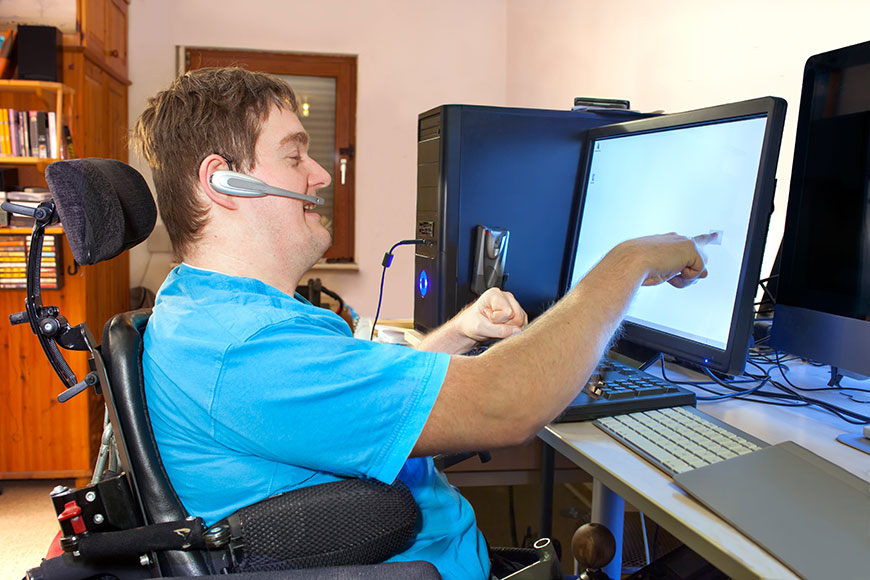
One of the foundations of web usage is being able to type. Searching for new music, checking emails, buying new furniture and many other tasks require the ability to be able to type your interests. But typing and using a mouse require control of fine motor skills. Fine motor skills refer to the ability for a person to use their hands to complete small, complex tasks like typing, pointing or playing instruments. For some, the act of typing can be painful because of conditions like arthritis or other pains in the joints.
Advanced features like eye-motion tracking and on-screen keyboards are ways around these troubles. Some apps even feature talk to text options that allow users to skip typing altogether and focus on merely saying what they want to search or compose in an email. Other tools like hands-free mouse tracking rely on completing commands from moving your face (i.e., opening your mouth signaling the enter key).
Sight Hindrances
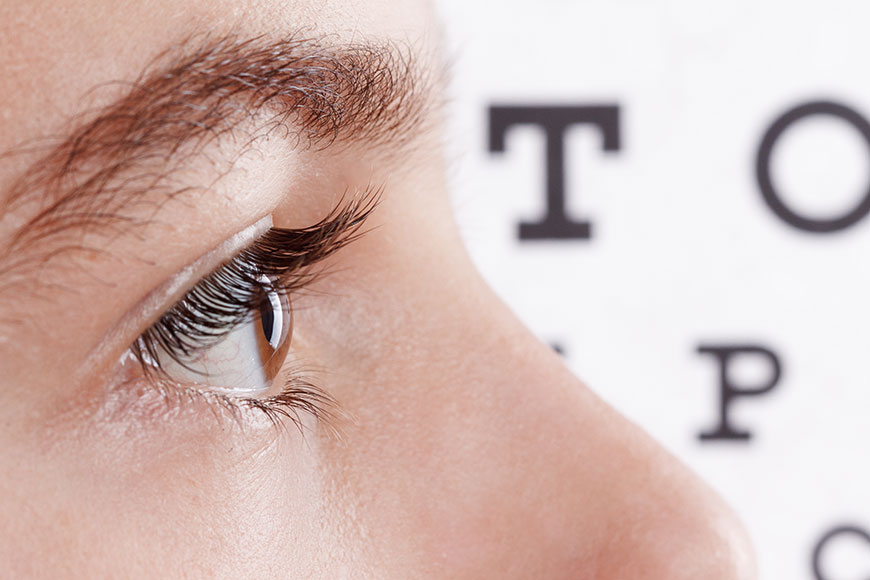
Visual conditions can range from mild to extreme, but all can affect your web usage. It is common for some users to wear glasses when browsing the web, as they might while reading a book, but this is also a sign of a mild visual disability. Site difficulties include low vision, which is the struggle to see the content or text on a screen. Struggling to decipher letters or words and being completely unable to see are issues faced by visually disabled web users. Web developers must be careful about how their codes are written to display content and text.
While it might look excellent as it was intended on one screen, viewing it at a different resolution or on a different, mobile device should not destroy the visuals. Making sure that websites have a uniform appearance across browsers is one way to ensure functionality for all users. Text should be displayed prominently or be able to have its size adjusted and overlaid on a static, non-busy background so that it can be easily read. Screen-readers and braille-keyboards are also great tools to help the visually impaired get the most of their web usage.
Difficulty Hearing

Having trouble hearing is not limited to being a consequence of listening to music or televisions at high volumes. Often, those are indicators of a hearing problem. While some hearing loss can be corrected or lessened with hearing aids, sometimes there is a complete loss of the sense (deafness). For those who can still hear but have some difficulty perceiving sounds, there are website modifications that amplify foreground noises and separate them from background sounds.
Other ways users can experience the web while having a hearing condition is to find transcripts of the video or auditory content or choose media players that provided captioning. Sign language is also a vital element to communicating with the hearing impaired. While all those auditory disabilities do not know sign language, having a sign language visual on the page makes a difference in the experience. Rather than straining to hear, users can understand the content as it’s presented via sign language. It should also be noted that simpler texts that use illustration, graphs or other visual cues can help those who are hard of hearing.
Involuntary Motion

A lack of muscle control, as seen in those with total paralysis or Parkinson’s disease, can also hinder a user’s ability to use the web without obstacle. These movements are generally referred to as tremors and can be part of a disruption to a user’s experience. The movements are caused by uncontrolled and repetitive twitches in the nervous system.
Cerebral palsy is another condition marked by involuntary muscle movements that make it difficult to use the web. Those with this condition have impaired muscle coordination, balance and sometimes posture. Being unable to control your hands can make it difficult to use the web. Voice-activated controls and specialty keyboards can assist these users in getting the most of their web experiences.
Neurological Disorders
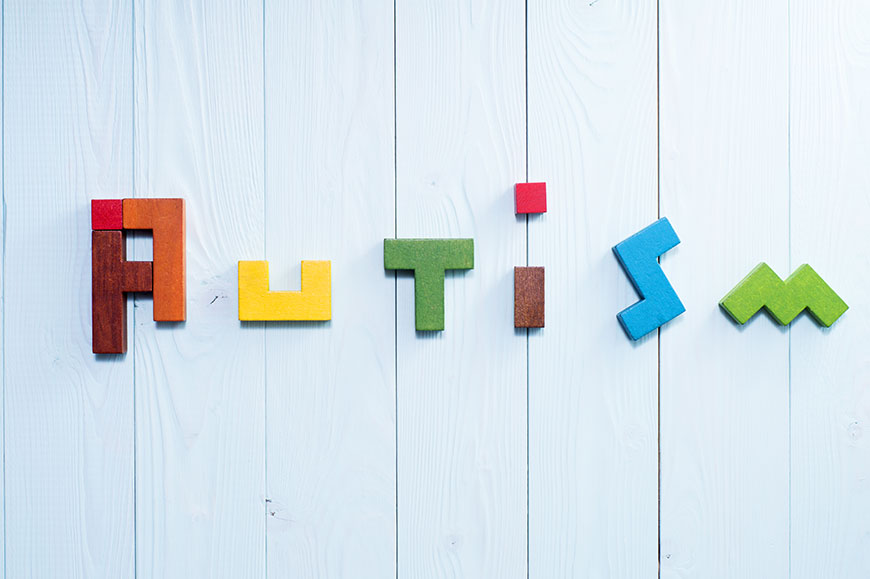
The web is meant to be used and enjoyed by many people and having a disorder should not be a roadblock. A neurological disorder is any condition that is the result of an abnormality in the nervous system that limits how the brain functions. It’s important to know that these conditions are oftentimes not a reflection of a user’s intelligence—just what they can and cannot do. Mental health conditions like depression, social anxiety and delirium can all influence how a user operates the web. Rather than having to get through complicated layouts, users should be able to easily navigate a page and move between content hubs.
Websites lacking the ability to shut off animation or music present a negative and inescapable challenge. These can stimulate adverse reactions like frustration, anger and confusion. Websites that want to address these disorders will have clear navigation, options to turn off certain features and a sense of predictability regarding buttons and overall function.
Repetitive Motion Disorders (RMD)
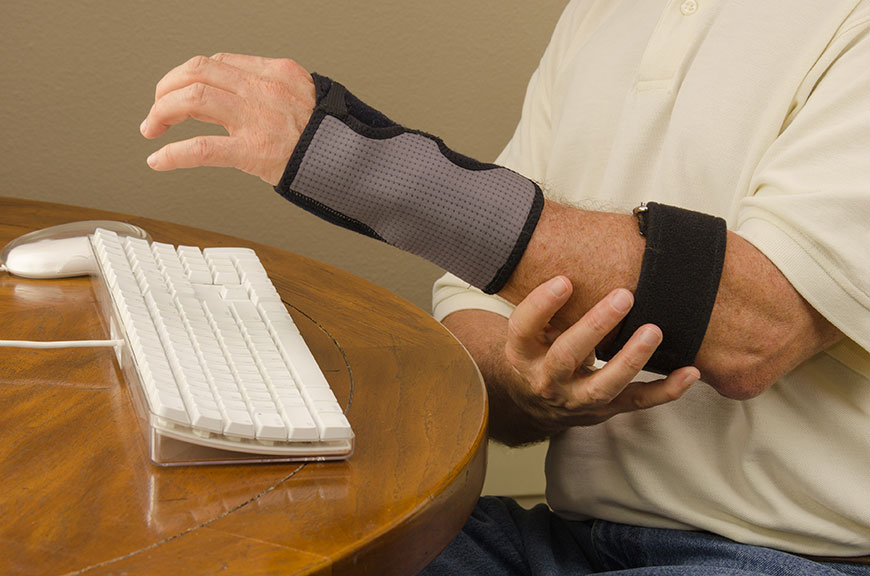
Not all of the disorders that require accessibility treatment via the web are caused by genetics. Some disorders are developed over time or happen because of a daily routine. Carpal tunnel syndrome is the weakening of wrist muscles following the prolonged activity of typing or using technology devices. The pain is often concentrated in the wrists, making it hard to type freely. Repetitive motion disorders like carpal tunnel involve injuries within the joints, connective tissues, and bones that make it harder to use your hands.
Sometimes these disorders are called cumulative trauma disorders (CT) in reference to the time involved in prolonging the injury and increasing its severity. Those who spend a lot of time holding their devices can be at risk for developing these disorders. Ergonomic keyboards, lessening the time spent on the harmful activities and gentle muscle exercise can help a user in formerly in pain get back to using their computers.
Inability to Speak

While there are some web users who have difficulty speaking and getting sounds out with the proper sentence structures or inflexions, there are some who cannot speak at all. A more severe condition that must be overcome for using the web is mutism, which is the inability to speak or to even learn speech. For mute individuals, communication can be quite taxing.
Many websites focus on ensuring that users can hear their content but some fail to address how the creators can hear from the users. To get around this, more web applications must have a text-based way to interact. Without this option, voice-impaired users will not have the ability to interact or communicate with web content providers.
Sensitivity to Color

One of the trends that remain popular as the web develops is the use of color to make websites pop and to highlight certain topics or products. However, there are users who cannot enjoy the full chromatic range. Unlike those who might suffer a seizure or overstimulated brain activity because of color use, those with colorblindness have problems distinguishing between colors (red, blue, yellow, etc.) but do not have the additional electrical surge that can cause fits, choking or spasms. Their eyes just lack the necessary cones and rods needed to separate colors.
There are some who cannot see any color whatsoever. There are some sites that allow for users to customize the colors and fonts, making it easier and less stressful for them to use the site. This is great as it gives those with sensitivities the ability to customize a page until it fits the capabilities of their eyes.
Combination Disorders
There are some users who have to struggle with overcoming not one but a combination of disabilities. While some of the disabilities might have been present from birth, multiple ones can develop through life. Age or disease can significantly change how someone lives their lives. A user who was once tech-savvy and typed quickly might lose these abilities as they grow older and technology outpaces them.
Combinations can also cover a wide spectrum of disorders. For example, someone who is slightly deaf might also have difficulty discerning colors on a screen. Their web experience would be greatly helped by having the ability to not only put captioning on the screen but also the ability to change the color and size of the text. Aging, in particular, can compound several disorders that can include muscle-control loss, inability to see clear images or text and extreme difficulty in learning new methods of using technology.
When trying to navigate the web with multiple disorders, it might be more beneficial to first address one issue before seeking a solution for the others. These users need sites that have clearly designated navigation tools and well-organized content. Well-made sites that are aware of the need for accessibility and inclusivity will use the tools available to create sites that can be accessed by virtually anyone.
Situational Disorders
Not all conditions that limit how much a user can use the web are permanent. Some are the results of accidents, medications, medical procedures like surgery or other situational restrictions. However, because it is not permanent does not mean it does not need to be addressed. Users of all statuses should be able to enjoy the web to its fullest potential. An example of a situational disability is trying to view a screen in bright light and being unable to do so. Being at a loud concert might make it difficult to hear during and even after the show. The need for special considerations can affect different groups of web users at different times. Temporary inconveniences can become all the more difficult to manage because of the limited availability of accessibility resources.
Conclusion
Using the web can prove to be difficult for many people. Whether it’s sifting through pages of content to find a single quote or searching for the perfect gift, the web can be complicated. Having any kind of disability can make the internet seem harder. As technology advances, more and more people are able to use the web completely. Accessibility is a major issue when it comes to many aspects of daily life, and the web is no different. The variations in disabilities mean that users will have to combine various technology and techniques to get the best experience.
Having access to well-designed websites is only part of the user experience for those with disabilities. They also need access to quality machines that have the screens capable of being adjusted to meet the needs of someone visually impaired. These machines must also have high-functioning auditory inputs that can recognize non-standard speech patterns. From visual to auditory conditions, none of these should stop users from being able to browse and enjoy the web.
Related Articles
- The Honest Truth About Accessibility Overlays
- EU Accessibility Act 2025
- How to Develop Organizational Policies on Web Accessibility
- How to Involve Users in Web Accessibility Testing
- United States Web Accessibility Laws
- Where To Learn Web Accessibility (A11Y)
- Web Accessibility Certifications for A11Y Practitioners
- What is Web Accessibility?
- What Is Section 508 And Who Needs to Be Compliant?
- Web Accessibility and Search Engine Optimization (SEO)
- Accessibility Testing Best Practices to Follow
- International Web Accessibility Laws and Policies
- Assistive Devices for Impairments in Hearing, Voice, Speech, and Language
- Web Accessibility Checklist
- Web Accessibility Compliance for Inclusivity
- The Rehabilitation Act of 1973 (Rehab Act)
- Testing Accessibility Without an Accessibility Testing Tool
- The Twenty-First Century Communications and Video Accessibility Act (CVAA)
- Monitor Your Website Health with DYNO Analytics ™
- What is the Americans with Disabilities Act (ADA)?
- 70 Web Accessibility Resources for Designing with Inclusivity
- Website Accessibility Best Practices and Standards
- Web Accessibility Lawsuits Set to Increase Under Trump
- Web Accessibility Compliance and Your Organization
- Building a POUR Website: the 4 Principles of Accessibility
- Accessibility Testing: Considering the User’s Perspective of Accessibility
- WCAG: Web Content Accessibility Guidelines Explained
- How to Write for Web Accessibility
- How to Develop for Web Accessibility
- How to Design for Web Accessibility
- Top 25 Awesome Accessibility Testing Tools for Websites
- Higher Educational Institutions Face Liability for Inaccessible Web Content and Technologies
- How Accessibility Can Benefit Your Website
Create Visual Sitemaps
Create, edit, customize, and share visual sitemaps integrated with Google Analytics for easy discovery, planning, and collaboration.
Popular Tags
Search Engine Optimization SEO Accessibility Testing Create Sitemaps Sitemaps UX User Experience Sitemap Generator Content Audit Visual Sitemap GeneratorGet Started with DYNO Mapper
Join thousands of professionals using the most advanced visual sitemap tool to simplify discovery, IA, and content planning.
👉 Start Your Free Trial — No credit card required.




